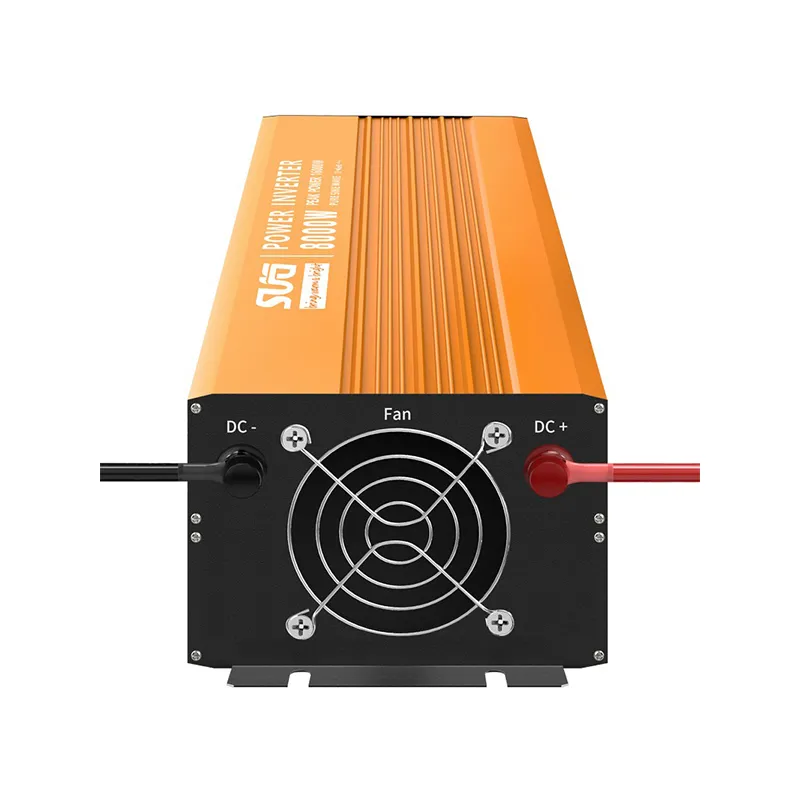Determine the Number of Solar Panels Required for Your Energy Needs
How to Calculate How Many Solar Panels You Need
In an era of rising energy costs and increasing concern for the environment, many homeowners are turning to solar energy as a viable option for power generation. However, before embarking on a solar panel installation project, it's crucial to determine how many solar panels you will need to meet your energy requirements. In this article, we will walk you through the steps needed to calculate the number of solar panels necessary for your household.
Step 1 Understand Your Energy Consumption
The first step in determining how many solar panels you need is to assess your energy consumption. Start by reviewing your electricity bills from the past year. This will give you a clear picture of your average monthly energy usage, typically expressed in kilowatt-hours (kWh). Most electricity bills will list your total monthly usage; simply calculate the average over 12 months to find your monthly kWh consumption.
For example, if your total annual energy consumption is 12,000 kWh, divide this by 12 to get an average monthly usage of 1,000 kWh.
Step 2 Determine Peak Sunlight Hours
Next, you need to find out how many peak sunlight hours your location receives on average annually. Peak sunlight hours refer to the amount of time when solar irradiance reaches its peak value, typically around 1000 watts per square meter. This can vary significantly based on your geographic location. Many resources, such as national meteorological services or solar calculator tools, can provide this information.
For instance, if you live in an area that receives about 5 peak sunlight hours per day on average, you can use this figure in your calculations.
Step 3 Calculate Total Solar Panel Output
Now that you have your energy consumption and the average peak sunlight hours, it's time to calculate the total solar panel output needed. The formula is as follows
\[ \text{Total Required Output (kW)} = \frac{\text{Monthly Energy Consumption (kWh)}}{\text{Average Peak Sunlight Hours per Day} \times 30} \]
Using our earlier example of 1,000 kWh per month and 5 peak sunlight hours per day
calculate how many solar panels i need

\[ \text{Total Required Output} = \frac{1,000 \text{ kWh}}{5 \text{ hours} \times 30} = \frac{1,000}{150} \approx 6
.67 \text{ kW} \]Step 4 Choose Your Solar Panels
Next, consider the output of the solar panels you plan to install. Solar panels come in various sizes and efficiencies, but a typical residential solar panel produces between 250 to 400 watts. For this example, let's assume you select panels that produce 300 watts each.
Step 5 Calculate the Number of Panels
Finally, to determine how many panels you need, divide the total required output (in watts) by the output of a single panel. First, convert 6.67 kW to watts
\[ 6.67 \text{ kW} = 6,670 \text{ watts} \]
Now, divide this figure by the output of one panel
\[ \text{Number of Panels} = \frac{6,670 \text{ watts}}{300 \text{ watts/panel}} \approx 22.23 \]
Since you can't have a fraction of a panel, you would need approximately 23 solar panels to meet your energy needs.
Conclusion
Calculating the number of solar panels required for your home involves understanding your energy consumption, knowing your local sunlight conditions, and choosing appropriate solar panels. By following these steps, you can effectively determine the right number of solar panels to ensure that you are generating enough energy to cover your usage.
Investing in solar power not only helps reduce energy bills but also contributes positively to the environment. With a clear understanding of your energy needs and careful calculations, transitioning to solar energy can be a straightforward and rewarding process.
-
Unlocking Energy Freedom with the Off Grid Solar InverterNewsJun.06,2025
-
Unlock More Solar Power with a High-Efficiency Bifacial Solar PanelNewsJun.06,2025
-
Power Your Future with High-Efficiency Monocrystalline Solar PanelsNewsJun.06,2025
-
Next-Gen Solar Power Starts with Micro Solar InvertersNewsJun.06,2025
-
Harnessing Peak Efficiency with the On Grid Solar InverterNewsJun.06,2025
-
Discover Unmatched Efficiency with the Latest String Solar InverterNewsJun.06,2025







